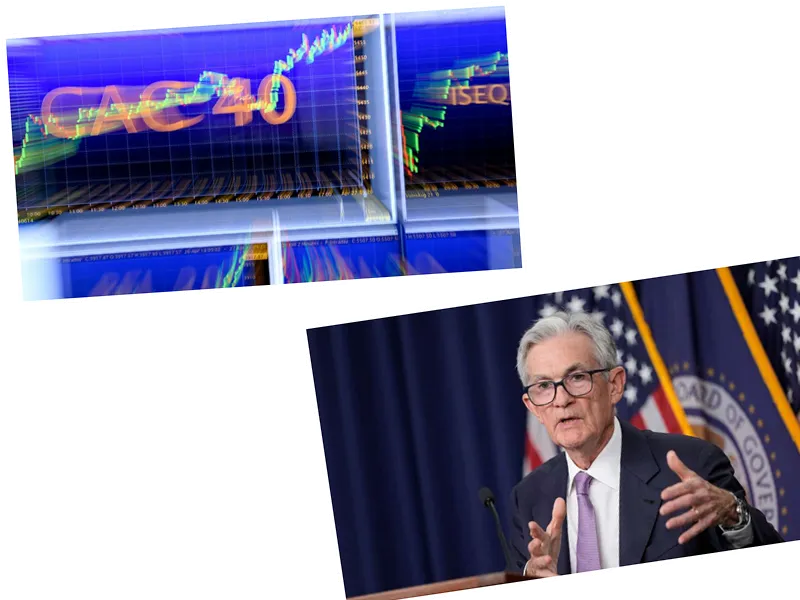Surge in Ruble Deposit Rates Amid Inflation Struggles
The average maximum rate on ruble deposits across the ten largest Russian banks has skyrocketed to 17.28% per annum, marking the highest level since March 2022. This significant increase was reported by the Central Bank on August 16, 2023. Over the past year, the yield on deposits in Russia has more than doubled, with the national average reaching 8.15% in the first half of August. Experts attribute this trend to the Central Bank's current monetary policy, which closely influences the interest rates set by financial institutions.
Analysts like Natalya Pyryeva from Digital Broker explain that the Bank of Russia's decision to raise the key rate in response to persistent inflation has naturally resulted in higher yields on bank deposits. The Central Bank has more than doubled the key rate from 7.5% to 16% in 2023, and further increased it to 18% in July 2024. This tightening of monetary policy aims to combat rising prices, making loans more expensive while simultaneously increasing the profitability of bank deposits. Consequently, this has led to a decline in overall economic activity as individuals and businesses opt to save rather than spend.
Increasing Household Funds in Bank Deposits
The rising attractiveness of bank deposits has led to a notable influx of household funds into these accounts. According to the Central Bank, the volume of money held by Russians in credit institutions surged by approximately 800 billion rubles in June 2024, reaching a total of 49.8 trillion rubles. Since the beginning of the year, household funds have grown by 4.8 trillion rubles or 10.5%, significantly outpacing last year's increase.
Public sentiment regarding savings has shifted as well, with nearly half (47%) of Russians now believing that keeping savings in a bank account is preferable. This is a marked increase from the previous year, reflecting a growing consensus on the security of bank deposits amidst inflation concerns. Experts suggest that maintaining high real interest rates is crucial for protecting savings from inflation, and with banks competing for clients by increasing deposit interest rates, individuals are finding better returns on their savings.
- The Central Bank's efforts to maintain tight monetary conditions are expected to continue as inflation rates remain above the target. Currently, the annual inflation rate in Russia hovers around **9.1%**, significantly higher than the Central Bank's target of **4%**. The Ministry of Economic Development forecasts a decline in inflation to **6.5-7%** by the end of 2024, but for now, the Central Bank is committed to its strategy of high-interest rates to stabilize the economy. Furthermore, as deposit rates remain above inflation, individuals are encouraged to consider bank deposits as a viable option for preserving their wealth. Experts are cautious, however, predicting that the trend of increasing deposit rates may not last indefinitely, as the Central Bank's policies could lead to a gradual decrease in yields as inflation risks subside.






